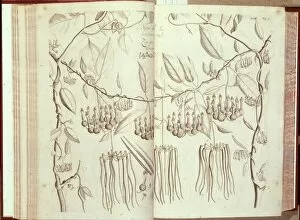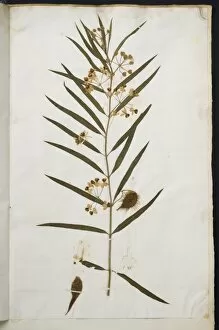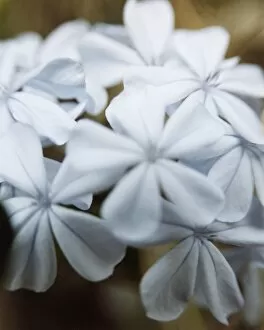Apocynaceae Collection (#3)
Apocynaceae, also known as the dogbane family, is a diverse group of flowering plants that can be found in various parts of the world
For sale as Licensed Images
Choose your image, Select your licence and Download the media
Apocynaceae, also known as the dogbane family, is a diverse group of flowering plants that can be found in various parts of the world. One stunning example is the Plumeria flowers, which bloom beautifully on the Island of Kauai in Hawaii. Their vibrant colors and sweet fragrance make them a favorite among locals and tourists alike. Another breathtaking sight is the Frangipani flowers, also known as Plumeria, found in Ko Samui, Thailand. These delicate blooms add a touch of elegance to the tropical landscape with their soft petals and intoxicating scent. If you take a closer look at some members of Apocynaceae, like Periwinkle petal surface under an SEM (scanning electron microscope), you'll discover intricate patterns and textures that are truly mesmerizing. In Kenya's Bogoria Game Reserve, one can witness the majestic Desert rose tree (Adenium obesum) in full bloom. Its striking pink or red flowers stand out against its arid surroundings, creating a captivating contrast. Traveling to the Himalayas will introduce you to Wax flower (Hoya serpens), a cultivated plant with enchanting blossoms. This species thrives in mountainous regions and adds beauty to any garden or indoor space. Mandevilla vine or Mexican love vine showcases its romantic allure with its trumpet-shaped flowers that come in shades of pink, white, or red. It's no wonder why it has earned such an affectionate name. Venturing into Madagascar reveals unique flora like Succulent tree (Pachypodium rutenbergianum). With its thick trunk and spiky leaves reaching towards the sky, this succulent stands tall amidst Ramena's landscapes. Returning back to Maui in Hawaii brings us once again to Plumerias—a genus within Apocynaceae—where these lovely flowers grace gardens and adorn leis worn by locals celebrating special occasions.







































